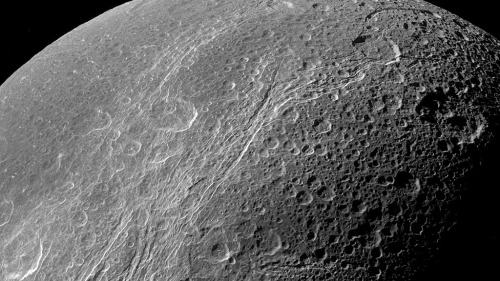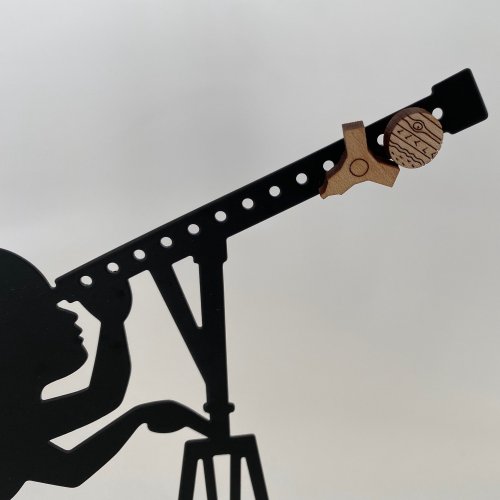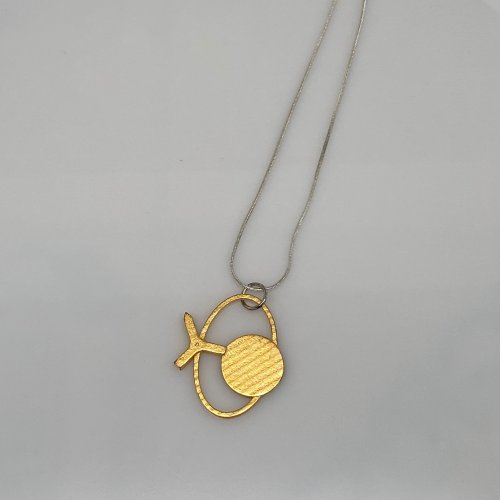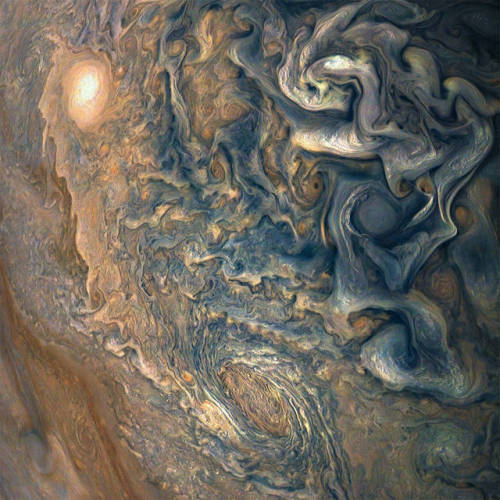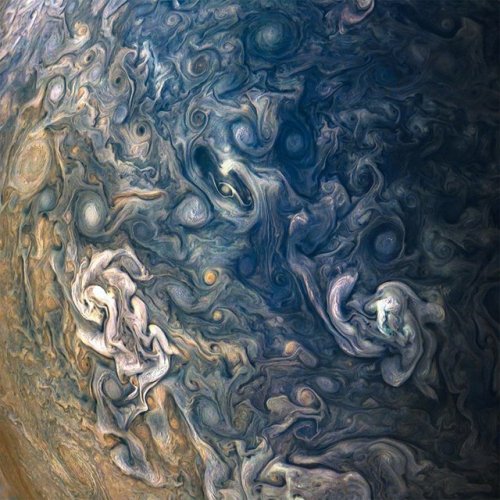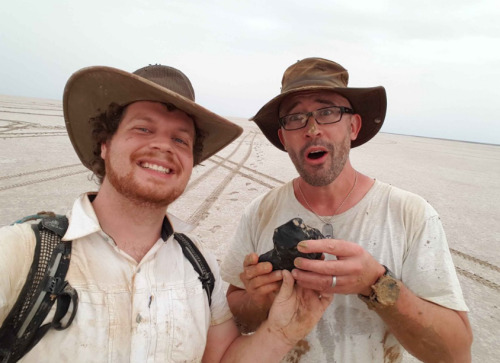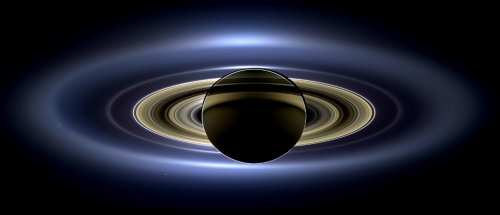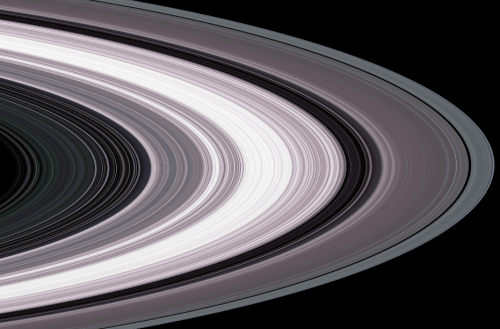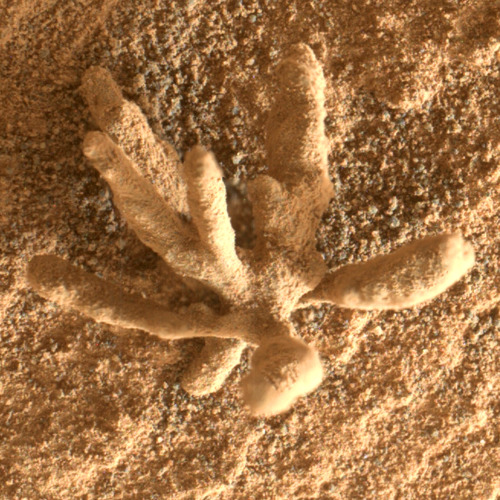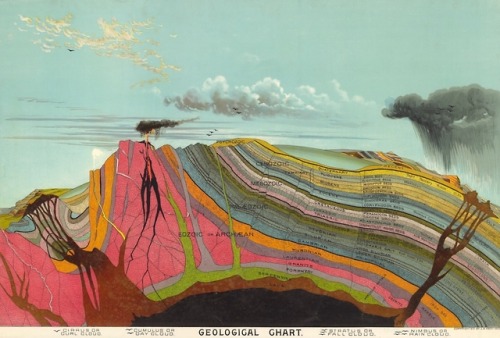#planetary science
Dione’s Icy Mystery
TheSidera Lodoicea are four of Saturn’s moons discovered by Giovanni Domenico Cassini at the Paris Observatory.Sidera Lodoicea translates to Louisian Stars, named in honor of King Louis XIV of France. One of the moons, Dione, has interesting thin, white bands on its surface that are highly reflective. When first photographed by Voyager, it was hypothesized that Dione was geologically active, possibly from cryovolcanism, or ice volcanoes, causing surface cracks to erupt. Closeup images of Dione from Cassini proved that hypothesis wrong and revealed that these features are actually cliffs of ice created by tectonic fractures.
Image: Dione’s ice cliffs seen from Cassini. (Credit: NASA/JPL-Caltech/Space Science Institute)
Post link
Today’s (late-breaking) #WeeWednesday (our first since the online shop officially opened!) is actually a triple-bagger!
“Wee” was originally for kids, and the adorable plush planetary pals from Celestial Buddies are perfect for kids of all ages. We’re highlighting one in particular today, so wee is also appropriate for the tiniest of the buddy bunch, the Comet. And new for today is “Wheeeeeeeeee!” because Comet NEOWISE (C/2020 F3) is currently flinging itself through the inner Solar System making for a spectacular viewing opportunity for northern hemisphere skywatchers! It is visible before dawn at the moment (look north-east, close to the horizon), and around mid-July it will become an evening comet (look north-west), perfect for physically-distanced stargazing!
Top image: Comet Celestial BuddyandComet NEOWISE photographed by astronauts on the ISS.
Second row: cuddly Comet celebrating the Philae landing back in 2014 (Bonus: we still have Rosetta wood necklaces available in the shop!)
Bottom image: Comet NEOWISE as observed by the NASA/ESA SOHO mission in June.
Check out all our #comet blog posts
–Emily
Post link
OTD four years ago, in 2016, NASA’s Juno Mission arrived at Jupiter and began doing ALL THE SCIENCE. Pop on over to our online shop to pick up some goodies to celebrate the gorgeousness of this gas giant!
Featured above:
Mismatched laser cut Jupiter and Juno spacecraft wooden earrings
3D printed gold steel Juno Mission logo necklace
Juno Mission spacecraft print socks
Swirls on Jupiter steampunk choker (as imaged by NASA’s Junocam)
Click for quick links to browse all of our Jupiter productsand Juno products.
-Summer & Emily
Post link
Swirls of Jupiter
Jupiter is a very stormy, turbulent, violent planet. The planet completes a day (or one complete rotation) within roughly 10 hours, which creates massive winds, producing these swirls, and violent storms. The fast rotation coupled with the fact that the planet is nothing but gas greatly multiplies the Coriolis effect. Earth too has a Coriolis effect, this creates the characteristic hurricane shapes and also contributes to the fact that storms will spin the opposite direction in different hemispheres. Luckily, our rotation is slower - our storms are less frequent and less violent than they would be if our days were shorter.
The above images come from the recent Juno mission by NASA.
Post link
Chasing shooting stars
It’s New Year’s Eve, and after a tense three days of searching in the heart of the South Australian outback, Professor Phil Bland has finally found the impact site. After leaping off his quad bike and running across the salty mud flats, he falls to his knees and thrusts his hand straight into a hole smashed into the landscape. His arm disappears nearly half a metre into the earth - and when it emerges again, there’s a mud-slathered rock clutched in his fist.
“It’s an iron meteorite, mate!” are Bland’s first, breathless words. He holds it reverently, wiping off the thick, clay-like mud. He’s kneeling on Kati-Thanda, also known as Lake Eyre, and what he holds in his hands is a hunk of rock older than the Earth itself.

It’s also the first proof that the Desert Fireball Network works.
Built by Professor Bland’s research team at Curtin University, WA, the Desert Fireball Network is an automated meteor tracking system made up 49 digital cameras dotted across the Australian outback. Over the next few years, it’s projected to watch a third of Australian skies - and it does exactly what its name says. It looks for fireballs.
Asmeteors from the wider solar system plough down into the Earth’s atmosphere at hypersonic velocities, they burn up. For fleeting moments, they sear across the sky and light up the darkness. Often, bits of these meteors hurtle all the way down to the surface. The multiple cameras of the Fireball Network can spot a fireball and triangulate its path through the atmosphere, so its trajectory can be reconstructed in 3D. This can give information about the meteorite’s mass, its orbit and origins in the Solar System, and the location where it smashed into the surface.

On November 27th last year, Professor Bland’s team got the heads up from their network that a fireball had blazed through the atmosphere and fallen to Earth in the middle of South Australia. Its landing site was narrowed down to within a small area in the bed of Lake Eyre, a massive salt lake, and so they knew they had to get to it fast: if too much rain came, any trace of the impact could be washed away. They organised to fly a spotter plane over the area to get eyes on the impact site, then the team flew across states, rented 4WDs and camping gear, got permission from the Arabana people, who are the traditional custodians of Kati-Thanda… Then finally, on December 31st, Bland pulled the meteorite from the mud just hours before heavy rains swept across Lake Eyre.
It turns out that the meteorite itself is fairly ordinary - if you can call any 4.6 billion year old object ordinary - but the most interesting thing is that the Fireball Network could attach an orbit to it. It was traced it back to the asteroid belt between Mars and Jupiter, where it used to be part of a larger asteroid that broke up in an impact. This gives it incredibly useful context that other meteorite discoveries don’t have.
If the team can observe and study enough meteorites and their original orbits, they’ll be able to make a geological map of the solar system. This will give invaluable insights into the solar system’s formation, especially the formation of the planets. Hopefully, it will help answer questions like: how did the Earth form? How are planets made?
If you want to keep updated on the project, you can download their app - which also lets you contribute by reporting fireball sightings of your own, from anywhere in the world!
All images courtesy of Fireballs in the Sky
Post link
Lord of the Rings
Saturn is one of the most recognisable planets because of the magnificent rings that sweep around it, gleaming bright in the sunlight. The rings are made up of billions of icy particles, ranging in size from dust-size grains to a particles the size of houses. The particles are 99.9% pure water-ice with a tiny rocky component, and this ice is the reason they’re so brilliant - the sun just reflects right off them.
They rings actually highly structured, with a bunch of separate rings orbiting concentrically, with some gaps in between. The main rings are imaginatively but practically called C, B, and A, with fainter rings on the inside and outside of these three. Two of Saturn’s 60 moons actually orbit in the gaps between the rings, keeping the gaps open with their gravity.
The thickness of the rings ranges from around 10m to 1km, but in total the rings are over 250,000 km across. It’s like if you had a DVD that was about 1mm thick, but 5km across! One cool effect of this is that the rings are so thin that when they’re viewed edge-on, they seem to disappear.
There are a few different ideas for how the rings were formed. One idea is that thy used to be a moon of Saturn, until it was pulled too close to the planet and ripped apart by tidal forces. Its rocky components were drawn in and burned up in the atmosphere, while millions of pieces of icy debris were strewn out into orbit around the planet, settling into rings. Another idea is that this early moon was slammed into by an asteroid of comet, shattering it in a similar way. Astronomers still aren’t united on a theory of formation, but it’s generally agreed that the rings formed very early on in Saturn’s history.
But to be honest, Saturn isn’t all that unique with the ring situation - all of the gas giants in our solar system have rings. But Jupiter, Uranus and Neptune’s rings are more rocky, and so reflect less light and are much less spectacular than Saturn’s ice-dominated rings.
Image Credit: Wikimedia Commons
Post link
Wonder how lunar-related mythology would be different if the Moon wasn’t tidally locked to the Earth.
fortidogi said: can moons be not tidally locked? i was under the impression that was just how gravitational orbit influenced fluids in general
Well,
All nineteen known moons in the Solar System that are large enough to be round are tidally locked with their primaries, because they orbit very closely and tidal force increases rapidly (as a cubic function) with decreasing distance.[14] On the other hand, the irregular outer satellites of the gas giants(e.g.Phoebe), which orbit much farther away than the large well-known moons, are not tidally locked.
However for the purposes of the thought experiment, anything’s possible.
Are all of these in 1:1 locks though? You can also have 1:2 and 2:3 resonances. I think Jupiter has something in a 1:2:3:4 resonance.
The orbital periods of three large moons are in a 1:2:4 resonance, which is probably what you’re thinking of. But the rotational periods of those moons are equal to their orbital periods so they always keep one face toward Jupiter.
It’s surprising that no moons are in a 3:2 rotation lock like Mercury. Our moon is probably far enough away to be feasible for some other ratio to be stable. But it used to be a lot closer, with much stronger tidal forces, and it got stuck in the 1:1 ratio. It’s been that way ever since.
NASA’s Curiosity Rover Finds ‘Coral’ on Mars
http://www.sci-news.com/space/mars-coral-10593.html
Post link
February 2021’s Earthquake in Japan. Observe how the cats react.
Levi Walter Yaggy. Celestial Phenomena, Zodiacal Signs, Planetary Systems, Geographical Studies & Geological Charts, 1887-1893.
Post link

